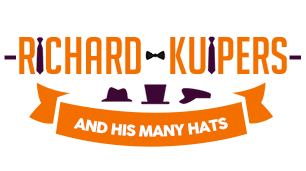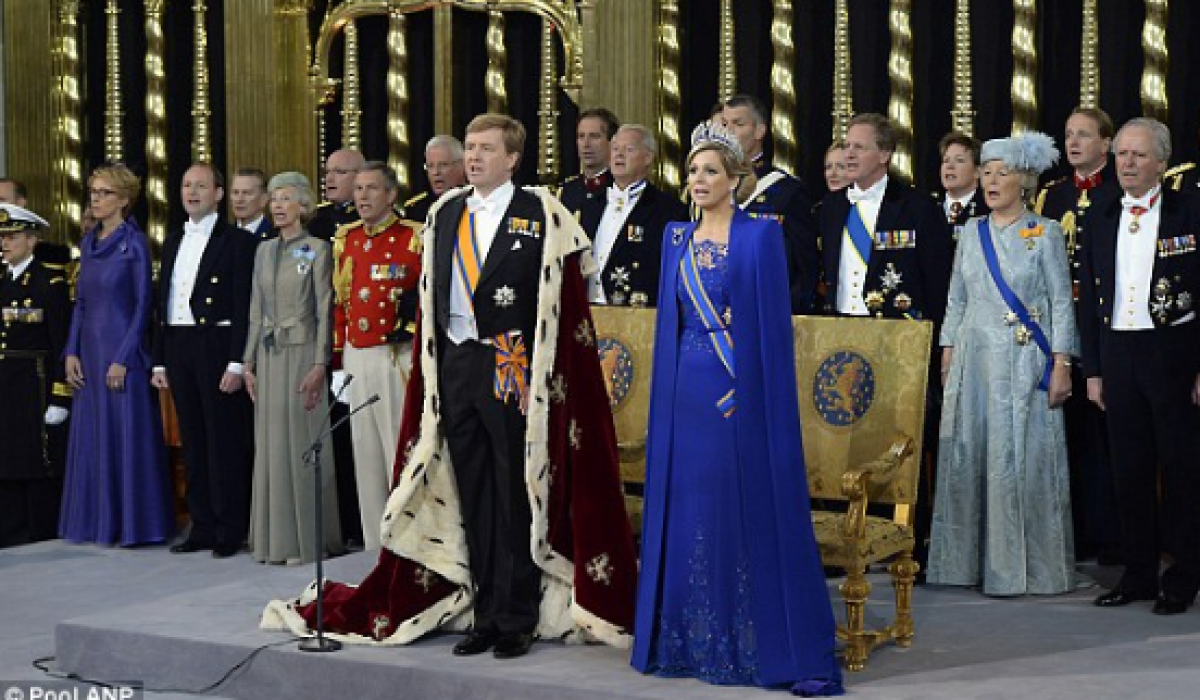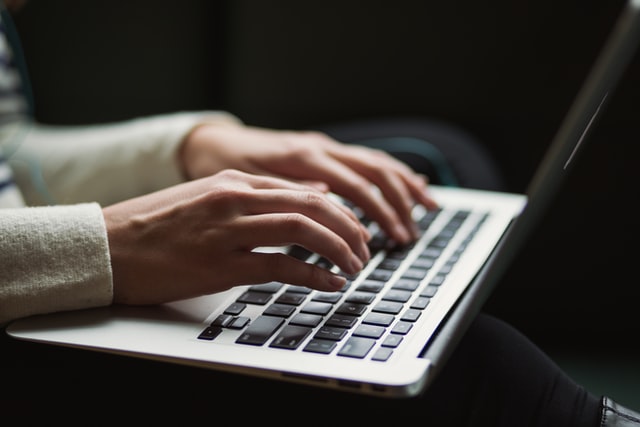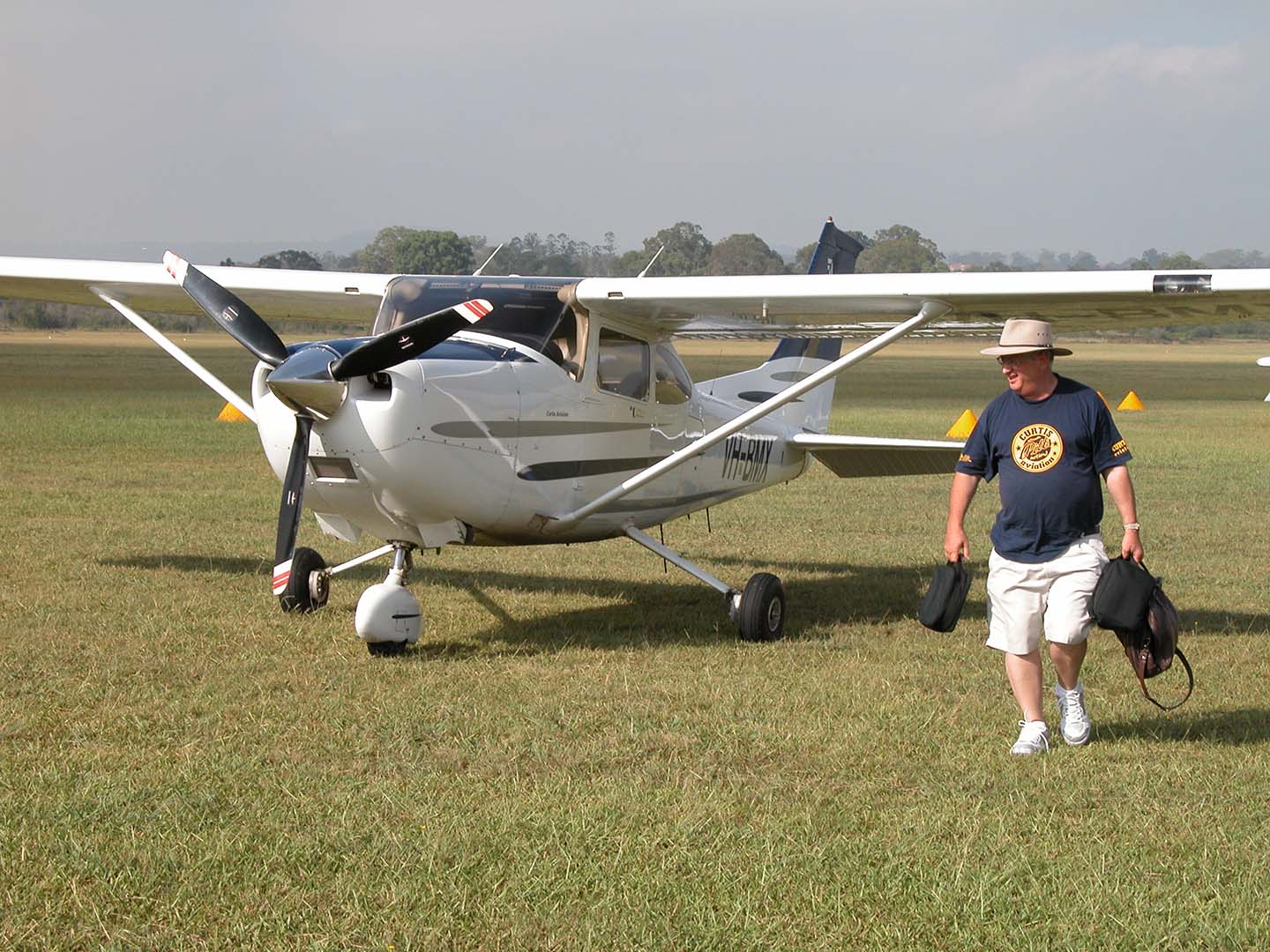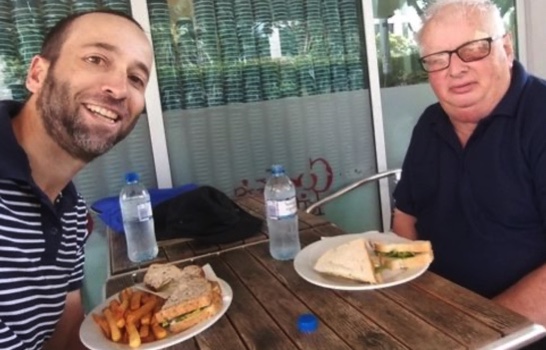Last Friday I turned 70 and now I’m an elder I’d like to tell you a bit about Holland, the land of my birth. They say when you get old you go back to childhood memories. Here it is then!
It is the custom in Holland on your birthday to give your friends a Dutch treat. You my on line audience have become my friends and this is your “treat”. So get ready to time travel with me back to Holland.
I was born in a town near Amsterdam. It was a long time ago – but a life filled with thrills and spills speeds by very quickly. I like to think that my wellbeing is due to a healthy Spartan/Dutch upbringing – no wine or beer, but rather lots of herrings and sauerkraut. And there was karnemelka terrible diary drink – yuk! But we all have to take the good with the bad.
Holland is a tiny place, less than 2/3 the size of Tasmania with 17 million people. But unlike Tasmania – the Australian state named after a Dutchman I should add – Holland has been invaded by the Huns, Barbarians, Spanish, French and Germans. In fact the Dutch people have come from the Barbarians.
Through its history Holland has fought sea battles with the English, the Spanish and the French. It is a monarchy under the House of Orange. This name means that orange is the national colour for Holland. Never mind that the flag is red, white and blue.
The biggest party in the land is the King’s birthday on the 30th of April and on that day everyone wears orange. In fact they cover themselves in orange. The whole country becomes a sea of orange. Dutch fans also wear orange at the World Cup Soccer, the Olympic Games and all international events. You can easily pick them out.
The beautiful city of Amsterdam is the capital city, known as the Venice of the North for its wonderfully scenic canals. Walk through the red light district, take a boat trip down the canals and visit the stunning Reich museum where you will see an impressive collection of the Dutch Masters, such as Rembrandt van Rijn, Johannes Vermeer, Jan Steen and Frans Hals. These artists developed a worldwide reputation in the 16th and 17th centuries.
And don’t forget tonotice all the pushbikesparked around the city,especially at the railway station. We all know that The Dutch are cycling mad.Young and old they’re on their bikes across the land at any time of the night or day, commuting, shopping or just enjoying the journey.
In 1680 the tiny province of Holland amalgamated with 10 other provinces, creating the Netherlands – meaning under water. Really Holland is only one province of the country whose real name is the Netherlands – but that’s a bit of a mouthful so we don’t mind being called Holland.
Maybe God made the world – but the Dutch made Holland, because it is basically land reclaimed from the sea by walls, or dykes, designed, engineered and built by Dutch people. Most of the country lies 5 metres under water and the dykes (which are hand made walls) protect the land from inundation from the North Sea and the rivers. Also windmills pump out the water because 17 million people live in a big muddy puddle.
The Dutch are the tallest people in the world. And this is lucky for them because when the water rises they can poke their heads above it. By the way that story of the little boy with his finger in the dyke was a Canadian invention. Pure fiction.
In 1953 the unthinkable happened, a huge storm caused the dyke to break. Thousands of people drowned in the resulting flood. Many water projects followed after the tragedy so it is not surprising that the Dutch remain internationally renowned for their water engineering expertise. Lets face it, it really is a case of sink or swim.
And this reminds me that I was recently very thrilled and honoured to be invited to a meeting with the King and Queen of Holland. Such an honour reminded me how far I have travelled since arriving on these shores from Holland so long ago. Little did I think when I landed here as a callow youth with $20 in my pocket, that one day I would be invited to meet the King and Queen of Holland.
This all got me thinking about the about the close ties between my birth country, Holland, and my chosen country, Australia. But it appears that I wasn’t the first Dutch person to land here. Many think Captain Cook was the first European to discover Australia. No! No! No!
The Dutch were the first Europeans proven to have landed here – even if it was more than 70,000 years after the Australian Aboriginals – whose engravings in South Australia have been dated back to 42,000 BC. But it was a Dutchman – Willem Janszoon on the Duyfken, who in 1606 made the first documented European landing in Australia in the Gulf of Carpentaria.
Then another Dutchman – Dirk Hartog, landed on the Western Australian coast ten years later in 1616 but he thought very little of his discovery saying, “this is a terrible place with strange animals” Big Mistake!
You may know that Tasmania and New Zealand first became known to Europeans through Dutchman Abel Tasman’s voyages in 1642 and 1644. New Zealand is named after the Dutch province Zealand. I kid you not – the place was over run by Dutchmen and they called Australia New Holland. (Lets face it, New The Netherlands would have sounded a bit clunky don’t you think?) But those Dutchmen didn’t join the dots. Even Tasman didn’t join up the west coast of Australia with the east coast.
By the 17th century Holland was enjoying a golden period of prosperity from her flourishing sea traders and great artists, mentioned above such as Rembrandt. The Dutch are seafarers and imported spices and goods from Batavia (now Jakarta, Indonesia) where the Dutch East India Company set up a base. They also set up in the Cape of Good Hope, South Africa and farmers supplied ships with meat and fresh food.
But the bubble burst in 1636. Do you know the story? Yes it was Tulip Mania. The price of bulbs became highly inflated and fortunes were lost when the prices crashed. Such is the way of speculation.
When I met with the Dutch King and Queen last week, they were visiting Australia to celebrate the 400 years anniversary of Dirk Hartog’s landing in WA. Now I must confess my meeting with the King stirred up some forgotten patriotic tendencies of mine and I have a confession to make.
Considering those earliest discoveries made by Dutch sea farers, secret discussions have be held to plan a change of monarchs for Australia. In conversation with the Dutch royals, the Australian Prime Minister Mr Turnbull and Opposition Leader Mr Shorten I was very happy to learn that a bill will be passed to hold a plebiscite for Australia to become a Dutch colony. Naturally it will mean changing the flag. Orange flags with a Southern Cross will be arriving soon from China. They’ll have a little Dutch flag in the left top corner.
You’ll need them to wave about next year on the 30th of April – the King’s birthday. There’ll be a live hook up with King’s birthday revellers in Amsterdam celebrating Australia’s first year as a Dutch Colony.
You can get some flag waving practice when you see in the new year and you might even be allowed to have a beer. Anyway I hope we won’t have to drink karnemelk.
Other than that – oh! – and the fact that you’ll have to learn Dutch, you’ll hardly notice the difference. Dutch lessons will be available at the Two Men and a Truck language school and you can pick up your lovely new flag while you’re there.
On your pushbikes now, or I should say as they do in Holland, op de fiets (translation – on your bike)!
